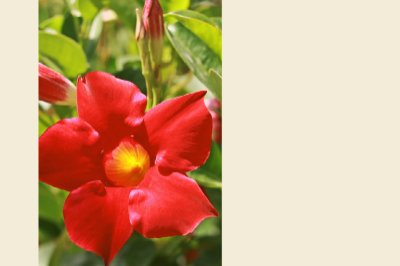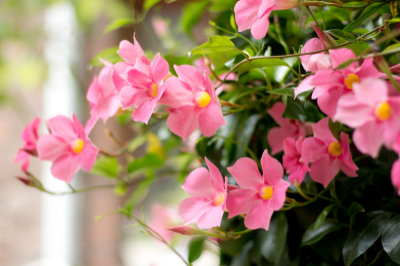Mandevilla Plant Care Winter
Mandevilla plants are fast growing. After excluding any other reason for slow growth, transfer them to a larger container. They require acidic soil and an appropriate balance of organic matter. It is possible to amend the soil by adding compost and feeding it twice per month with a balanced, liquid fertilizer. The plant should be watered regularly, though it prefers a slightly dry soil. The leaves can be moistened to provide humidity.
When choosing a location for your plant, make sure you choose a sunny spot with adequate sunlight. Although mandevilla tolerates some shade, it won't flower if it is exposed to too excessively. In summer, you can plant it under the shade of a tree or on a the roof of your patio. Make sure the soil is well-drained to avoid root rot. A heavy soil could kill your mandevilla plant. It is recommended to choose a loose, well-drained soil that has a lot of organic material.


